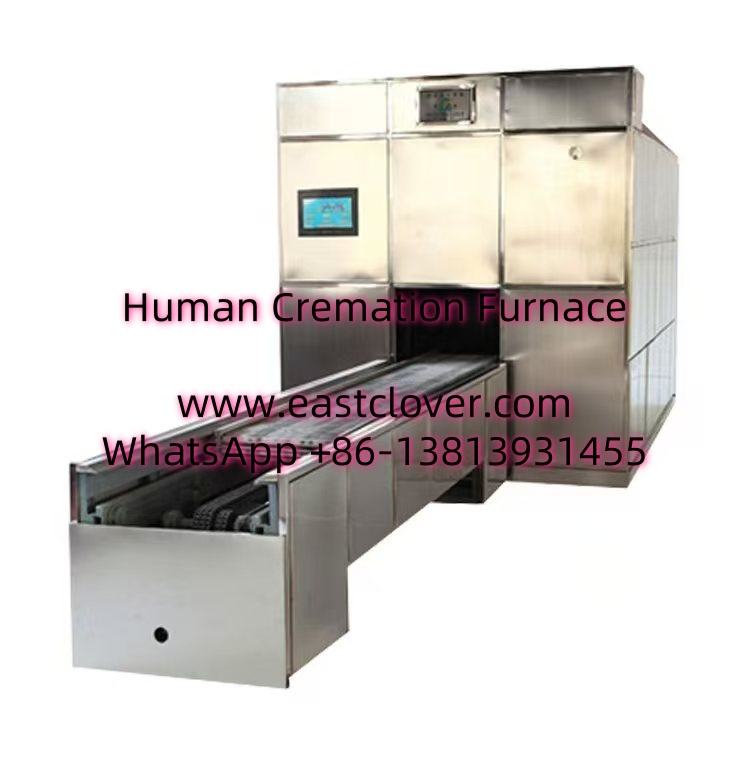Introduction
The bond between humans and their pets has grown stronger over the years, leading to an increased demand for dignified end-of-life services for animals. As small pet crematories strive to meet this need, environmental concerns surrounding traditional cremation methods have come to the forefront. Conventional pet cremation furnaces often rely on fossil fuels, emit harmful pollutants, and consume significant energy, contributing to their carbon footprint. In response, eco-friendly cremation furnaces have emerged as a sustainable alternative, combining advanced technology with environmentally conscious design to minimize ecological impact while maintaining efficiency and affordability for small businesses.
What Are Eco-Friendly Pet Cremation Furnaces?
Eco-friendly pet cremation furnaces are specialized systems designed to reduce environmental harm through innovative engineering. Unlike traditional models, these furnaces prioritize energy efficiency, emissions control, and waste reduction. Key features include:
- Energy-Efficient Combustion: Optimized burners and insulation materials reduce fuel consumption by up to 30% compared to older models.
- Emissions Control: Integrated filtration systems, such as scrubbers and catalytic converters, capture particulate matter and neutralize harmful gases like carbon monoxide and nitrogen oxides.
- Renewable Energy Compatibility: Some models can operate using solar power or biofuels, further reducing reliance on non-renewable resources.
- Waste Heat Recovery: Excess heat is repurposed to preheat incoming air or power secondary systems, improving overall efficiency.
Benefits for Small Pet Crematories
Adopting eco-friendly cremation furnaces offers small businesses both operational and strategic advantages:
- Cost Savings: Lower fuel consumption and reduced maintenance costs translate to long-term financial benefits.
- Regulatory Compliance: Stricter environmental regulations are easier to meet with advanced emissions control systems.
- Market Differentiation: Environmentally conscious pet owners increasingly seek sustainable services, giving eco-friendly crematories a competitive edge.
- Ethical Alignment: Businesses can align their operations with values of compassion and sustainability, enhancing their reputation.
Reducing Carbon Footprints: How It Works
Eco-friendly furnaces tackle carbon emissions through multiple mechanisms:
- Cleaner Fuel Sources: Natural gas or electricity-powered systems produce fewer greenhouse gases than diesel or propane alternatives.
- Afterburner Technology: Secondary combustion chambers ensure complete incineration of organic compounds, minimizing unburned residues and pollutants.
- Carbon Offsetting: Some providers partner with reforestation or renewable energy projects to neutralize remaining emissions.
- Biodegradable Materials: Use of eco-friendly urns and packaging complements the furnace’s sustainability efforts.
www.southclover.com
Eco-friendly pet cremation furnaces represent a critical step toward sustainable pet aftercare. By integrating energy-efficient designs, emissions-reducing technologies, and renewable energy compatibility, small crematories can significantly lower their environmental impact while meeting the evolving expectations of pet owners. As climate concerns grow, investing in these systems not only benefits the planet but also positions businesses as leaders in a compassionate and forward-thinking industry.
FAQs
Are eco-friendly cremation furnaces more expensive than traditional models?
While the initial investment may be higher, reduced fuel and maintenance costs often lead to long-term savings. Many governments also offer grants or tax incentives for green upgrades.
Can these furnaces handle larger pets?
Most eco-friendly models are scalable, with options available for pets of all sizes. Small crematories can choose compact units tailored to their needs.
How do emissions filters work?
Filters trap particulate matter, while catalytic converters break down harmful gases into less toxic substances like water vapor and carbon dioxide.
Is electric cremation truly sustainable?
When paired with renewable energy sources like solar or wind power, electric furnaces can operate with near-zero emissions.
What happens to the ashes after cremation?
Ashes are collected in biodegradable urns or scattered in designated green spaces, ensuring an eco-conscious conclusion to the process.

Comments are closed